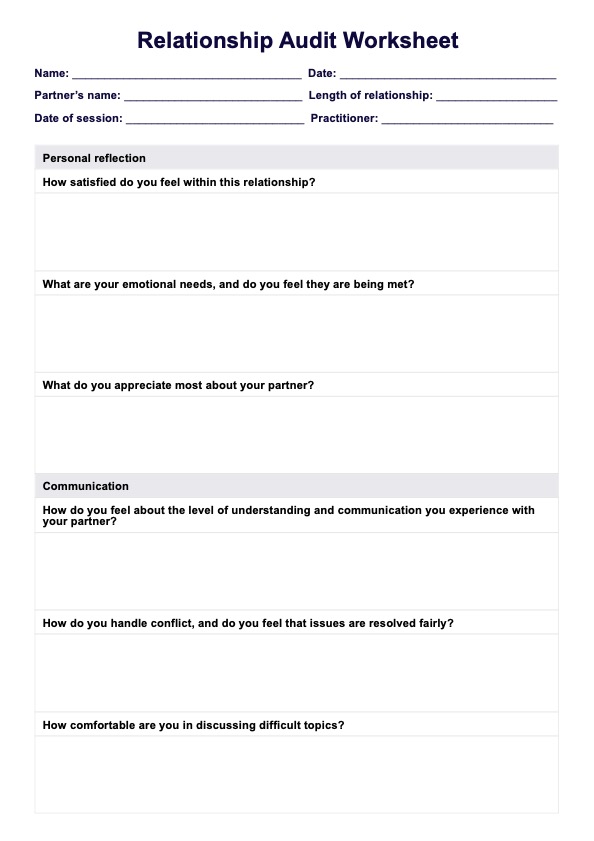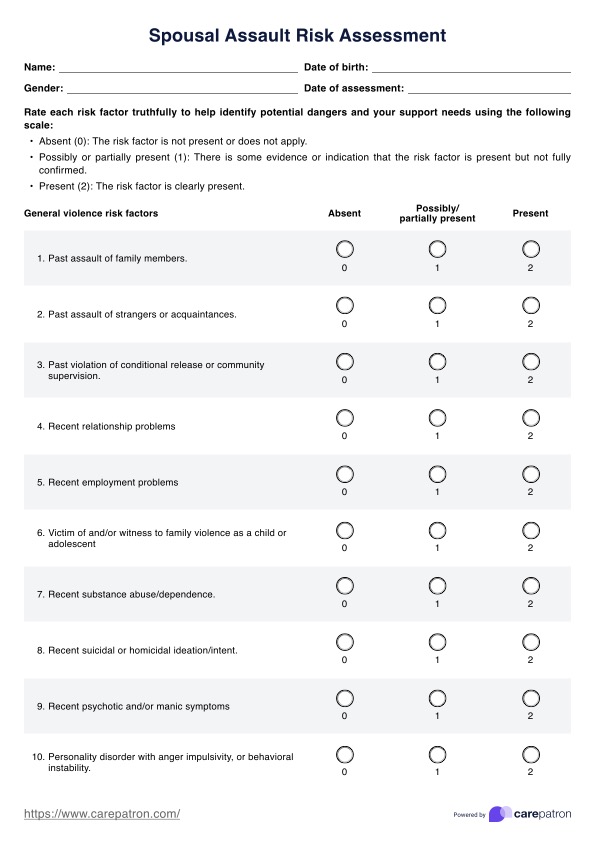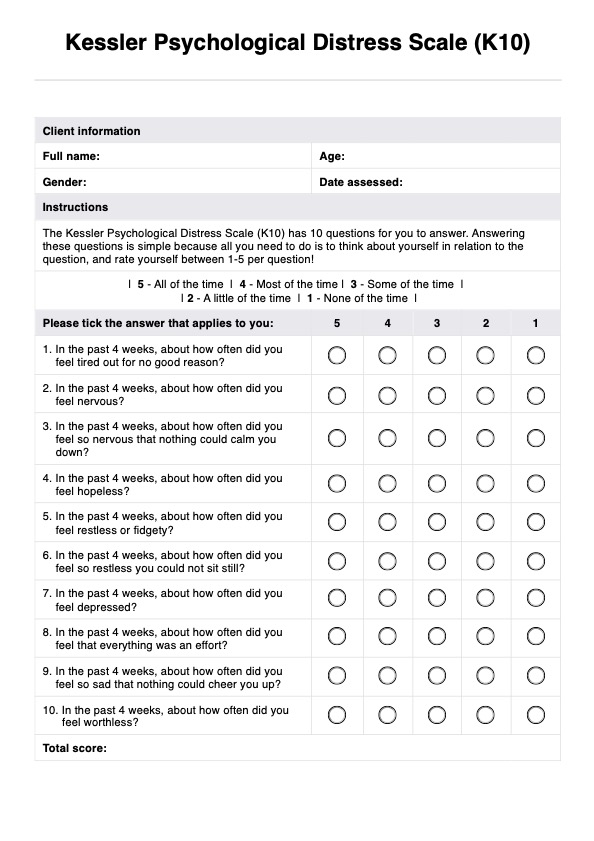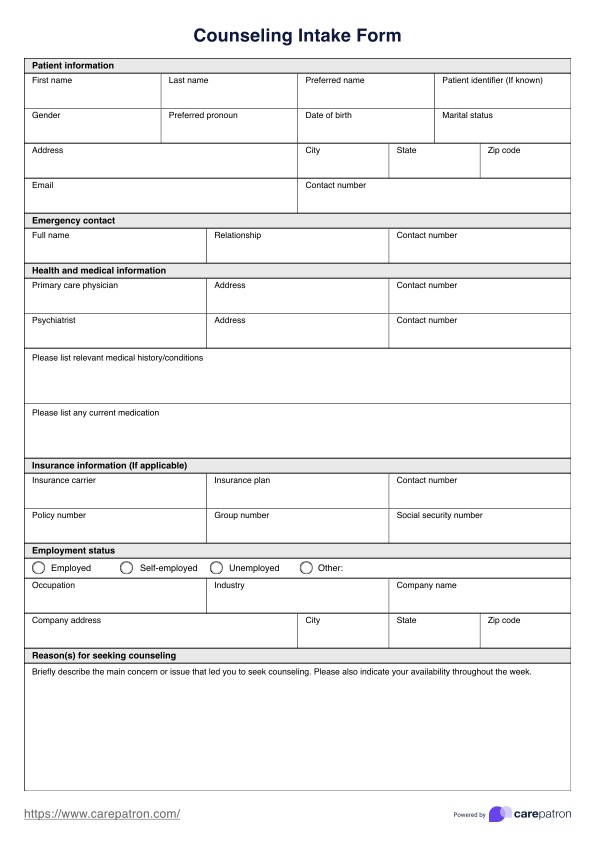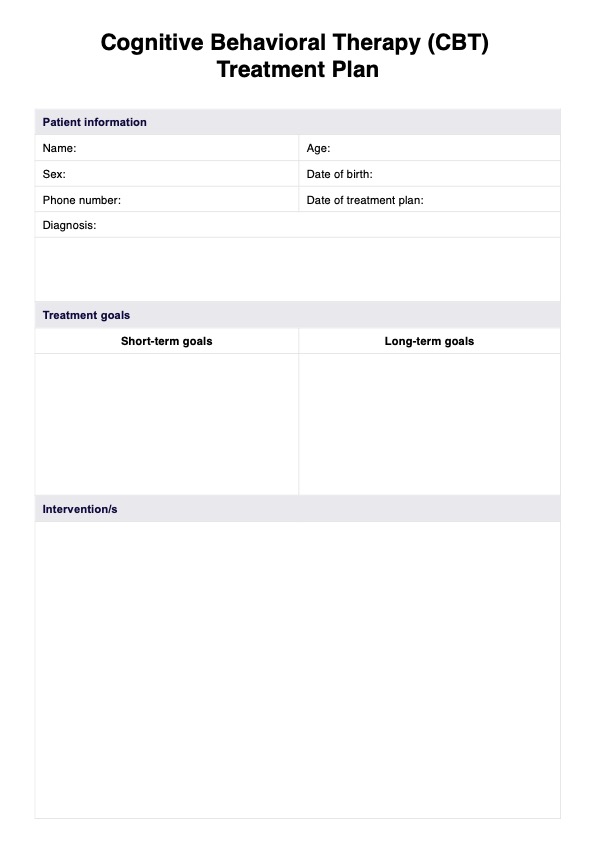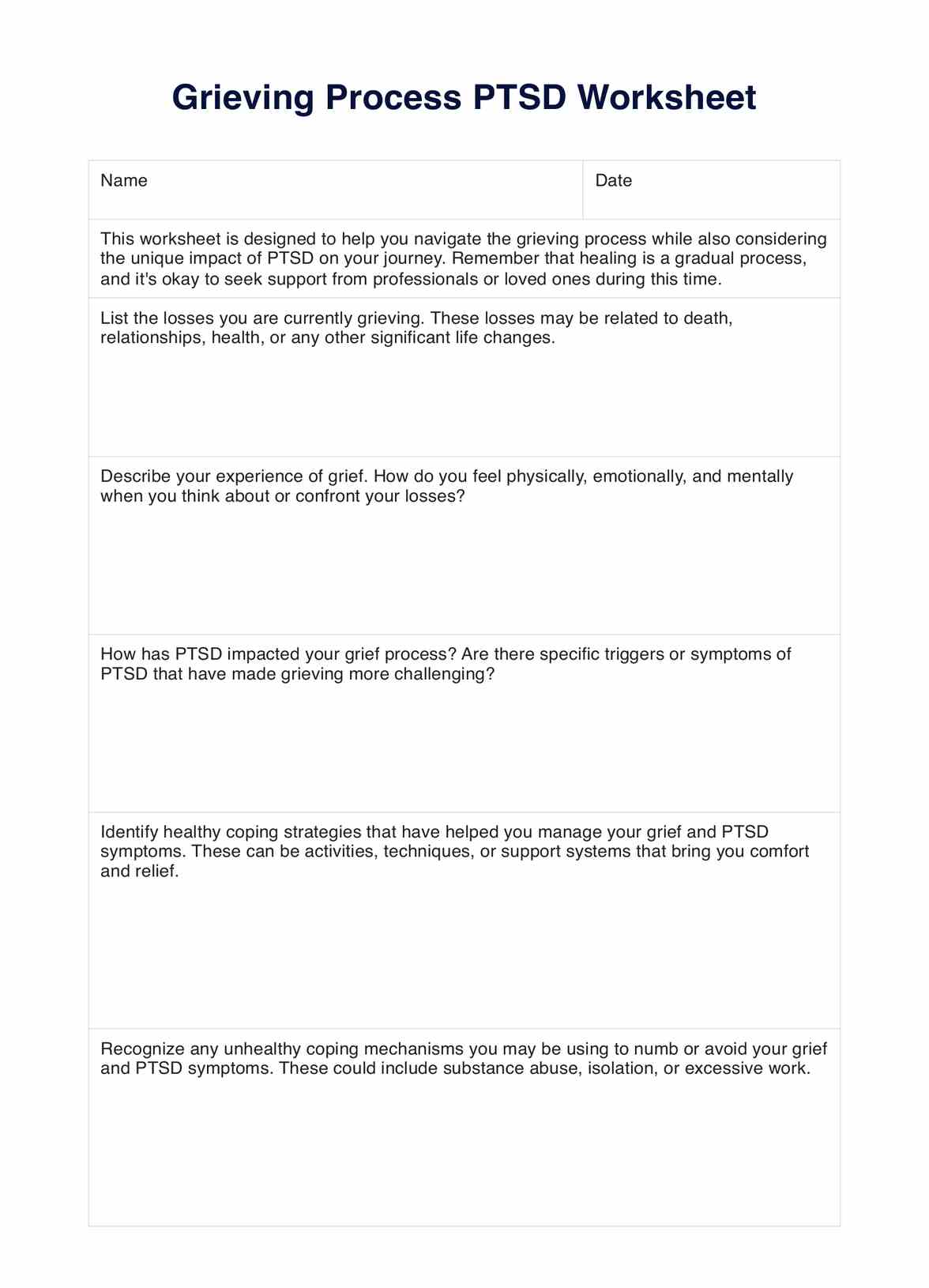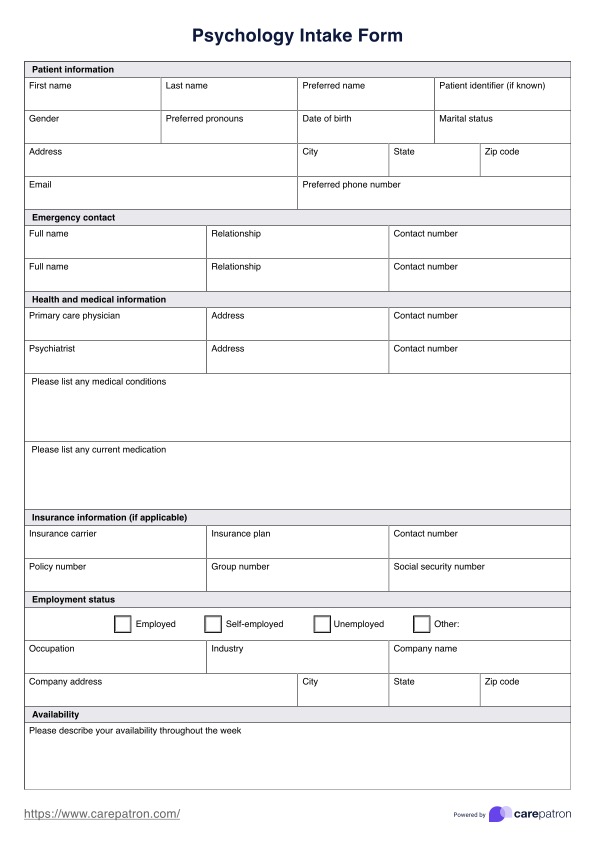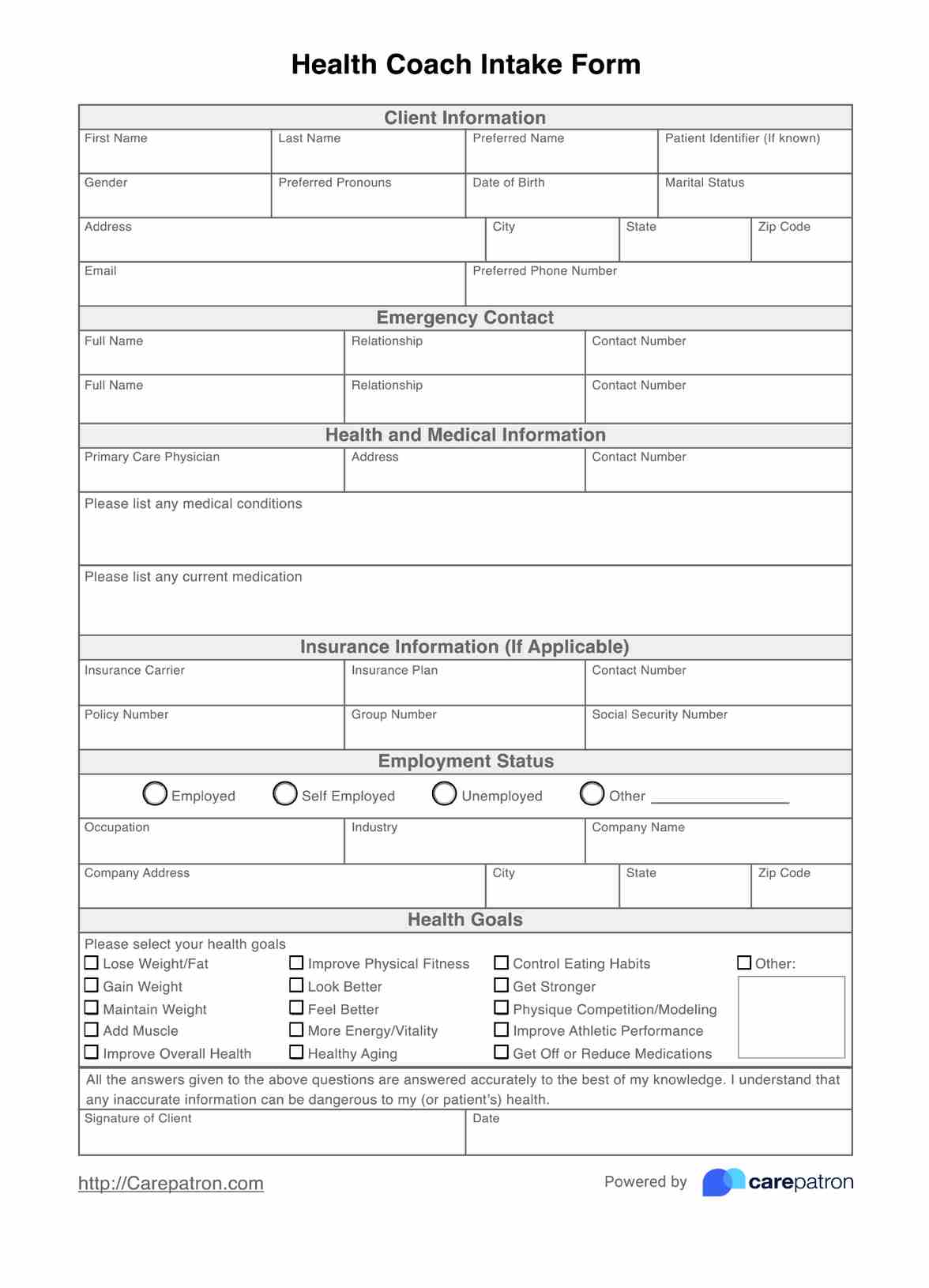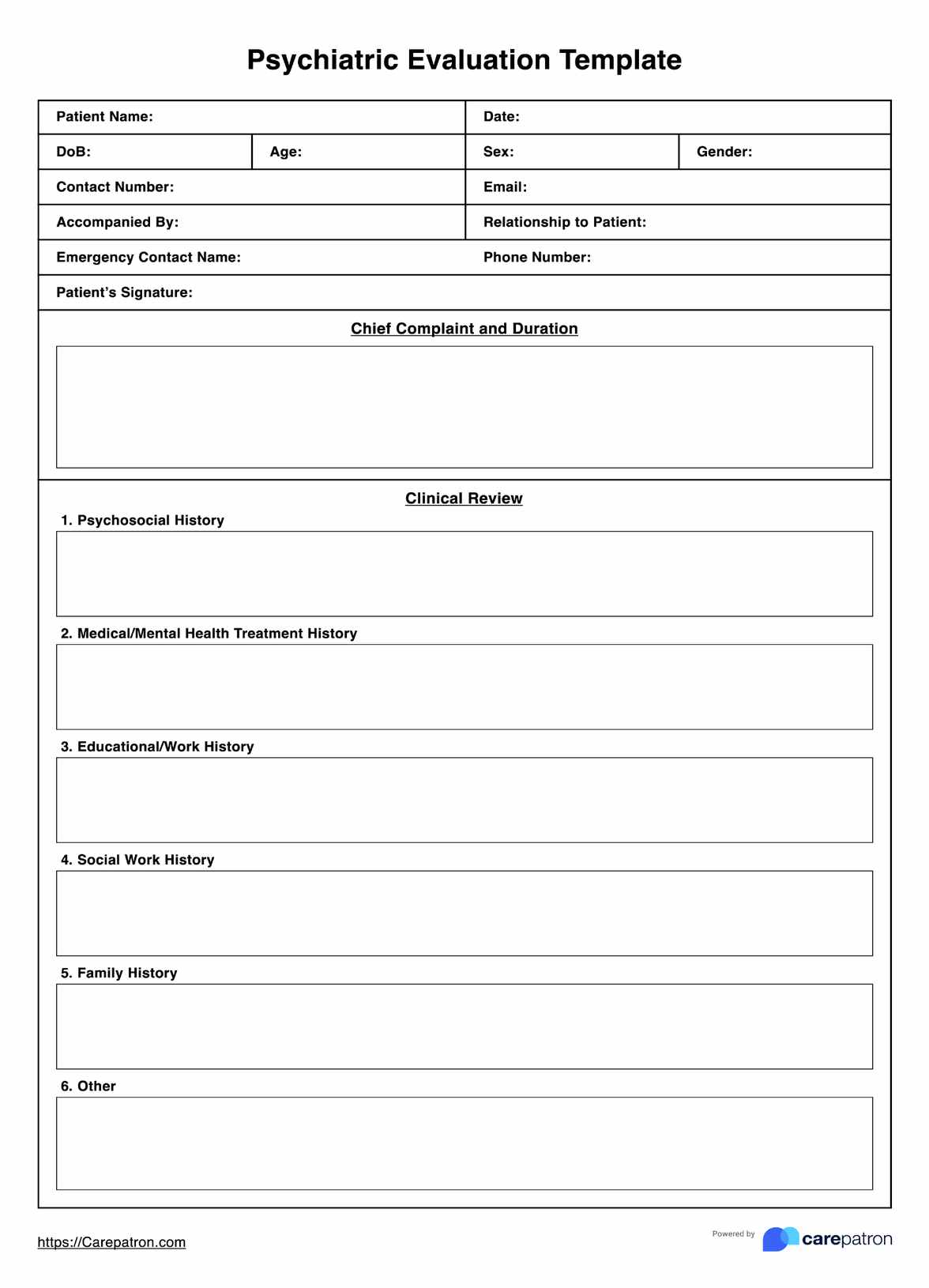Being Unwilling to Work on Your Relationship ACT Worksheet
Improve your relationships with the Being Unwilling to Work on Your Relationship ACT Worksheet. Identify issues, examine thoughts, and commit to change today!


What is Acceptance and Commitment Therapy?
Acceptance and Commitment Therapy (ACT), pronounced as the word "act," is a distinct form of psychotherapy that combines acceptance and mindfulness strategies with commitment and behavior change tactics to enhance psychological flexibility. At its core, ACT is an action-oriented approach rooted in traditional behavior therapy and clinical behavior analysis.
ACT's primary goal is to aid individuals in creating a rich, complete, and meaningful life while effectively managing the inevitable pain and stress that comes with it. This therapy model equips individuals with the necessary psychological skills to handle painful thoughts and feelings effectively, reducing their impact and influence.
is significantly beneficial in the context of relationship issues. It guides individuals to accept their partner's behaviors and traits, commit to initiating necessary changes, and take proactive steps toward constructing a healthier, more satisfying relationship. By fostering acceptance and mindfulness, ACT encourages individuals to embrace their thoughts and feelings rather than resisting or feeling guilty about them, leading to improved relationship dynamics.
Overall, ACT is an empirically supported psychotherapy that offers promise for patients suffering from various issues, including relationship problems.
Being Unwilling to Work on Your Relationship ACT Worksheet Template
Being Unwilling to Work on Your Relationship ACT Worksheet Example
How to use the Being Unwilling to Work on Your Relationship ACT Worksheet:
The "Being Unwilling to Work on Your Relationship" ACT Worksheet facilitates self-reflection, fosters a more profound comprehension of personal attitudes toward relationship challenges, and promotes action toward improving those relationships. Here's how you can effectively use the Being Unwilling to Work on Your Relationship ACT Worksheet:
Step 1: Pinpointing the Problems
Identify the specific issues causing reluctance or resistance to work on your relationship. These could range from communication breakdowns, trust breaches, and emotional disconnects to differing life goals. It's essential to be honest and thorough in this step, as it lays the groundwork for the rest of the process.
Step 2: Analyzing Thoughts and Emotions
Next, delve into your thoughts and emotions related to these identified issues. Are your feelings rooted in reason, or are they irrational? Are your ideas based on verifiable facts or untested assumptions? This introspective examination will help you understand the root causes of your unwillingness and how your perceptions may influence your attitudes toward your relationship.
Step 3: Embracing Acceptance and Commitment
Finally, embrace acceptance of your feelings and pledge to initiate changes. This step involves acknowledging the reality of the situation without judgment and committing to actively addressing the issues at hand. Recognize that it's okay to have negative feelings, but also understand that you can change your situation.
Our printable Being Unwilling to Work on Your Relationship ACT Worksheet serves as a valuable resource for those caught in a cycle of negativity, reluctance, or avoidance in their relationship. These steps can break this cycle and move towards a healthier, more fulfilling relationship.
When would you use this Being Unwilling to Work on Your Relationship ACT Worksheet?
The Being Unwilling to Work on Your Relationship ACT Worksheet is a valuable tool for individuals to identify patterns of avoidance or unwillingness in their relationship. This worksheet becomes particularly relevant when recurring issues or negative emotions hinder the relationship's growth or progress, leading to stagnation or deterioration.
For instance, this worksheet can be beneficial when there's a consistent lack of communication, unresolved arguments, persistent dissatisfaction, or when one or both partners seem stuck in a cycle of negativity. It's designed to help individuals recognize and confront these issues head-on, promoting self-reflection and encouraging change.
Moreover, this worksheet is more comprehensive than personal use. Various healthcare professionals, such as psychologists, therapists, or counselors, can utilize it as part of an extensive Acceptance and Commitment Therapy (ACT) treatment plan. When guided by a professional, the worksheet can be even more effective, as it can provide expert insights, facilitate deeper introspection, and offer personalized strategies for commitment and change.
The Being Unwilling to Work on Your Relationship ACT Worksheet can be a practical tool for self-improvement and relationship enhancement. Its usage is most apt when a relationship faces challenges that seem difficult to overcome or when an individual feels trapped in a pattern of avoidance or unwillingness to address these problems. Individuals can take significant steps towards healthier, more satisfying relationships by identifying, examining, and committing to work on these issues.
What are the benefits of using this Being Unwilling to Work on Your Relationship ACT Worksheet?
Increased Self-Awareness
The worksheet helps individuals recognize and understand their attitudes and behaviors that may contribute to relationship problems.
Improved Communication
Individuals can communicate more effectively with their partners by identifying and articulating issues.
Enhanced Relationship Satisfaction
Through acceptance and commitment, individuals can work towards resolving issues and enhancing their relationship satisfaction.
Our free Being Unwilling to Work on Your Relationship ACT Worksheet is a valuable resource for anyone seeking to improve their relationships.
Commonly asked questions
It varies depending on the individual, but typically it can take anywhere from 30 minutes to an hour.
The worksheet can help people identify and understand their attitudes and behaviors that may contribute to relationship problems. It can also assist in improving communication and enhancing relationship satisfaction.
The worksheet is most effectively used when an individual recognizes patterns of unwillingness or avoidance in their relationship.

.jpg)
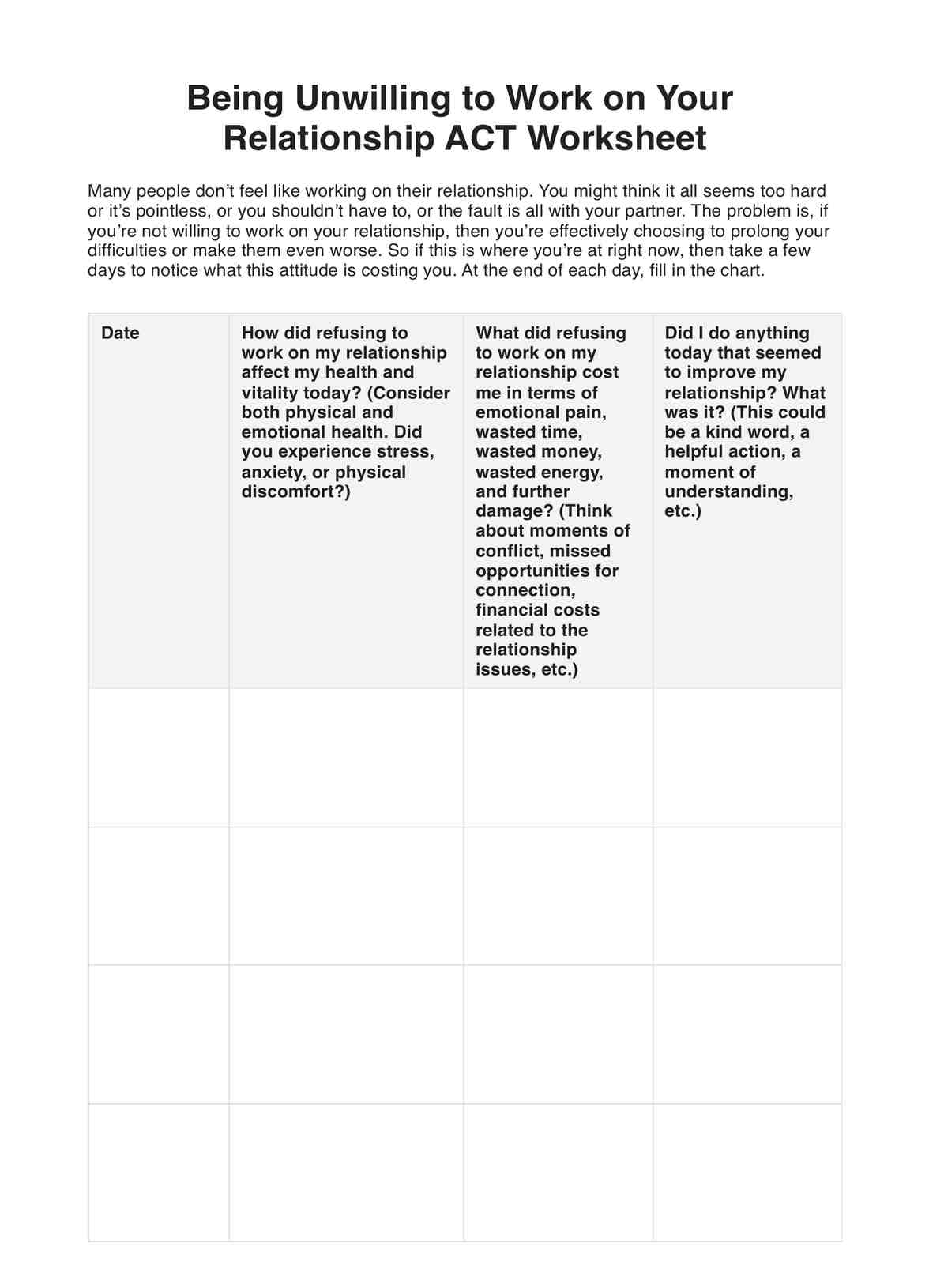
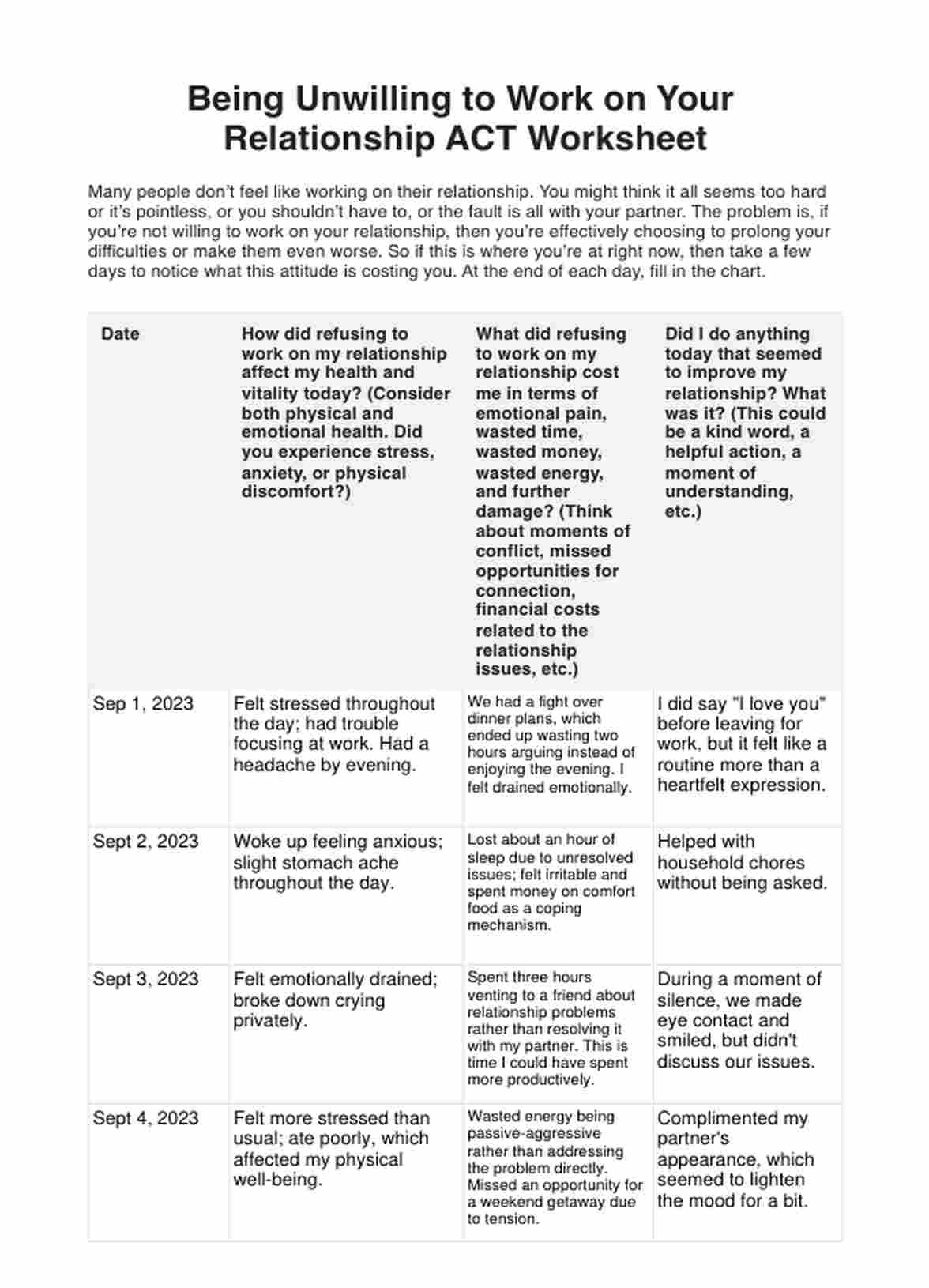














-template.jpg)


